Qining Wang
Hierarchically Encapsulated Representation for Protocol Design in Self-Driving Labs
Apr 04, 2025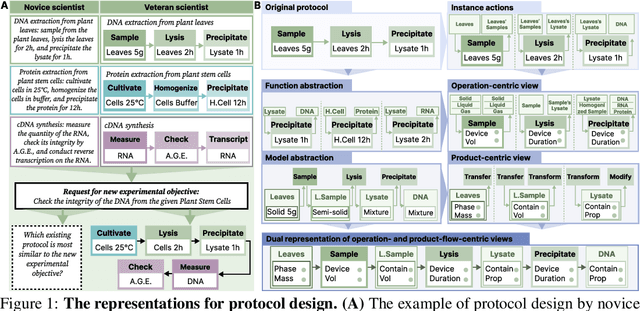

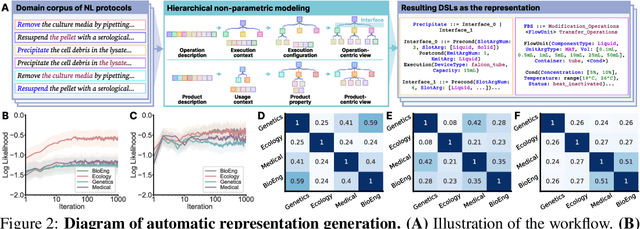
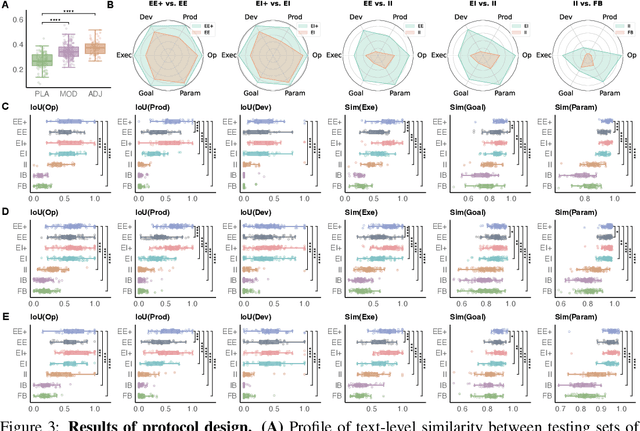
Abstract:Self-driving laboratories have begun to replace human experimenters in performing single experimental skills or predetermined experimental protocols. However, as the pace of idea iteration in scientific research has been intensified by Artificial Intelligence, the demand for rapid design of new protocols for new discoveries become evident. Efforts to automate protocol design have been initiated, but the capabilities of knowledge-based machine designers, such as Large Language Models, have not been fully elicited, probably for the absence of a systematic representation of experimental knowledge, as opposed to isolated, flatten pieces of information. To tackle this issue, we propose a multi-faceted, multi-scale representation, where instance actions, generalized operations, and product flow models are hierarchically encapsulated using Domain-Specific Languages. We further develop a data-driven algorithm based on non-parametric modeling that autonomously customizes these representations for specific domains. The proposed representation is equipped with various machine designers to manage protocol design tasks, including planning, modification, and adjustment. The results demonstrate that the proposed method could effectively complement Large Language Models in the protocol design process, serving as an auxiliary module in the realm of machine-assisted scientific exploration.
Embedding high-resolution touch across robotic hands enables adaptive human-like grasping
Dec 19, 2024



Abstract:Developing robotic hands that adapt to real-world dynamics remains a fundamental challenge in robotics and machine intelligence. Despite significant advances in replicating human hand kinematics and control algorithms, robotic systems still struggle to match human capabilities in dynamic environments, primarily due to inadequate tactile feedback. To bridge this gap, we present F-TAC Hand, a biomimetic hand featuring high-resolution tactile sensing (0.1mm spatial resolution) across 70% of its surface area. Through optimized hand design, we overcome traditional challenges in integrating high-resolution tactile sensors while preserving the full range of motion. The hand, powered by our generative algorithm that synthesizes human-like hand configurations, demonstrates robust grasping capabilities in dynamic real-world conditions. Extensive evaluation across 600 real-world trials demonstrates that this tactile-embodied system significantly outperforms non-tactile alternatives in complex manipulation tasks (p<0.0001). These results provide empirical evidence for the critical role of rich tactile embodiment in developing advanced robotic intelligence, offering new perspectives on the relationship between physical sensing capabilities and intelligent behavior.
Expert-level protocol translation for self-driving labs
Nov 01, 2024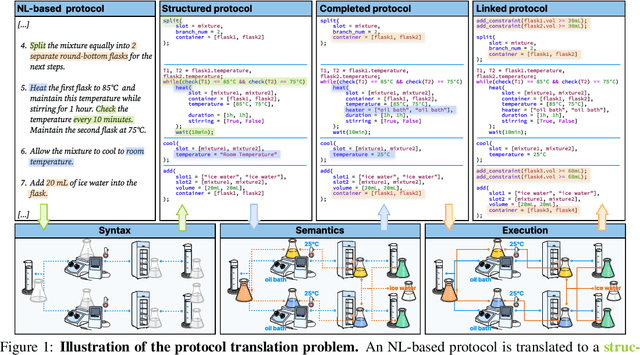
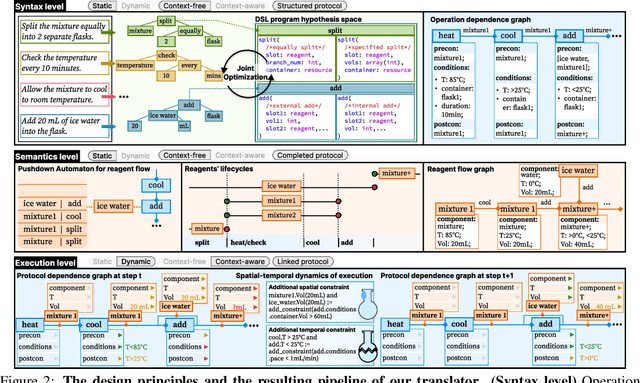
Abstract:Recent development in Artificial Intelligence (AI) models has propelled their application in scientific discovery, but the validation and exploration of these discoveries require subsequent empirical experimentation. The concept of self-driving laboratories promises to automate and thus boost the experimental process following AI-driven discoveries. However, the transition of experimental protocols, originally crafted for human comprehension, into formats interpretable by machines presents significant challenges, which, within the context of specific expert domain, encompass the necessity for structured as opposed to natural language, the imperative for explicit rather than tacit knowledge, and the preservation of causality and consistency throughout protocol steps. Presently, the task of protocol translation predominantly requires the manual and labor-intensive involvement of domain experts and information technology specialists, rendering the process time-intensive. To address these issues, we propose a framework that automates the protocol translation process through a three-stage workflow, which incrementally constructs Protocol Dependence Graphs (PDGs) that approach structured on the syntax level, completed on the semantics level, and linked on the execution level. Quantitative and qualitative evaluations have demonstrated its performance at par with that of human experts, underscoring its potential to significantly expedite and democratize the process of scientific discovery by elevating the automation capabilities within self-driving laboratories.
Abstract Hardware Grounding towards the Automated Design of Automation Systems
Oct 08, 2024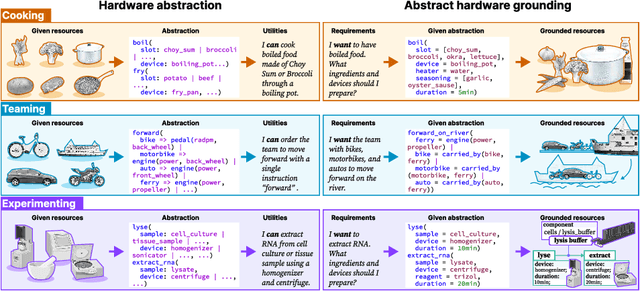
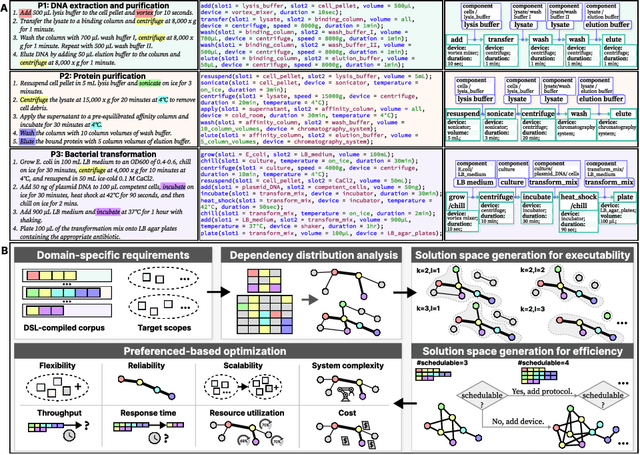
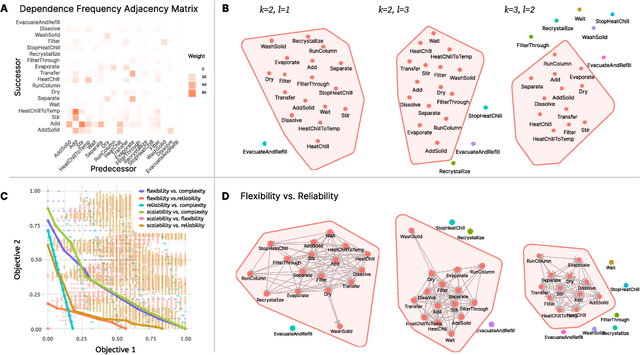
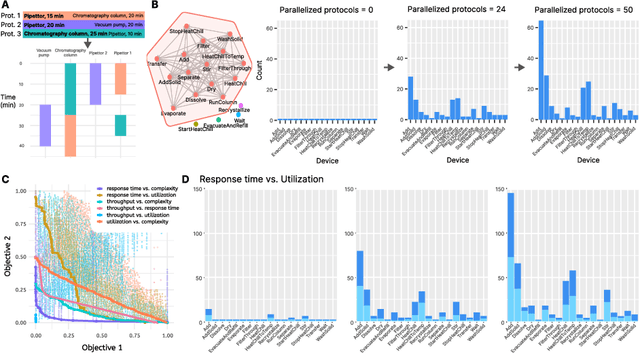
Abstract:Crafting automation systems tailored for specific domains requires aligning the space of human experts' semantics with the space of robot executable actions, and scheduling the required resources and system layout accordingly. Regrettably, there are three major gaps, fine-grained domain-specific knowledge injection, heterogeneity between human knowledge and robot instructions, and diversity of users' preferences, resulting automation system design a case-by-case and labour-intensive effort, thus hindering the democratization of automation. We refer to this challenging alignment as the abstract hardware grounding problem, where we firstly regard the procedural operations in humans' semantics space as the abstraction of hardware requirements, then we ground such abstractions to instantiated hardware devices, subject to constraints and preferences in the real world -- optimizing this problem is essentially standardizing and automating the design of automation systems. On this basis, we develop an automated design framework in a hybrid data-driven and principle-derived fashion. Results on designing self-driving laboratories for enhancing experiment-driven scientific discovery suggest our framework's potential to produce compact systems that fully satisfy domain-specific and user-customized requirements with no redundancy.
An Illumination-Robust Feature Extractor Augmented by Relightable 3D Reconstruction
Oct 01, 2024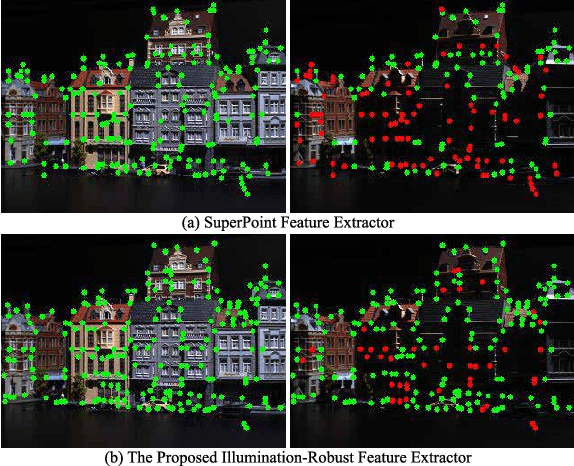
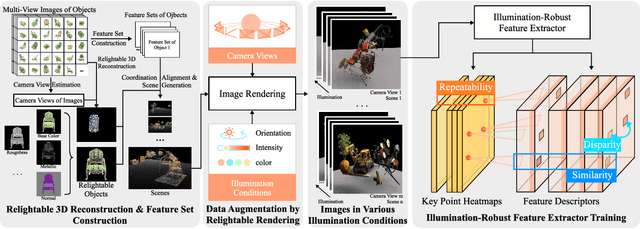

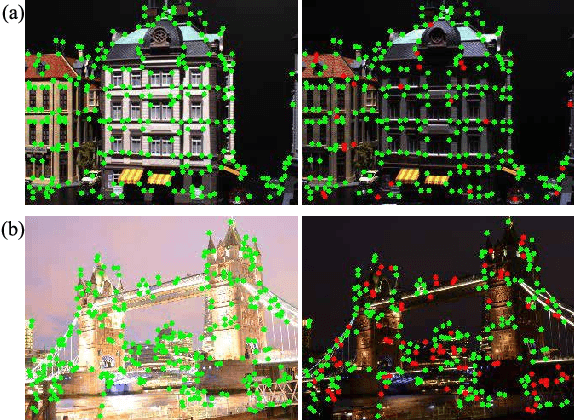
Abstract:Visual features, whose description often relies on the local intensity and gradient direction, have found wide applications in robot navigation and localization in recent years. However, the extraction of visual features is usually disturbed by the variation of illumination conditions, making it challenging for real-world applications. Previous works have addressed this issue by establishing datasets with variations in illumination conditions, but can be costly and time-consuming. This paper proposes a design procedure for an illumination-robust feature extractor, where the recently developed relightable 3D reconstruction techniques are adopted for rapid and direct data generation with varying illumination conditions. A self-supervised framework is proposed for extracting features with advantages in repeatability for key points and similarity for descriptors across good and bad illumination conditions. Experiments are conducted to demonstrate the effectiveness of the proposed method for robust feature extraction. Ablation studies also indicate the effectiveness of the self-supervised framework design.
AutoDSL: Automated domain-specific language design for structural representation of procedures with constraints
Jun 18, 2024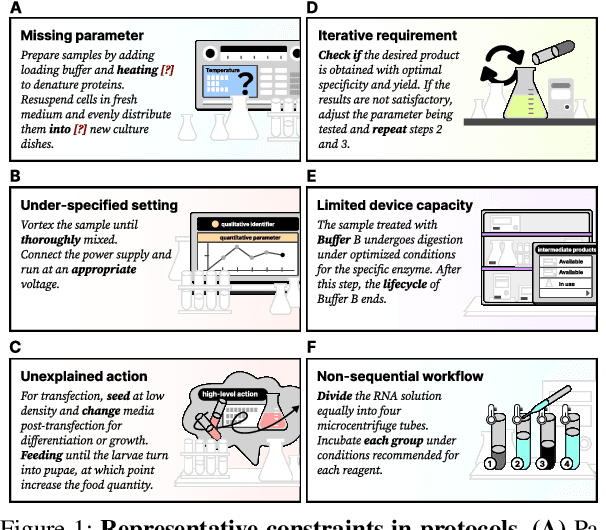
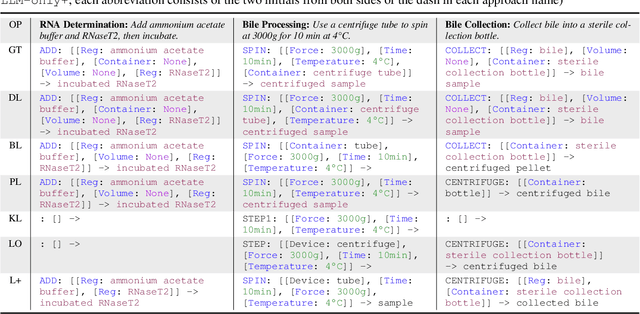


Abstract:Accurate representation of procedures in restricted scenarios, such as non-standardized scientific experiments, requires precise depiction of constraints. Unfortunately, Domain-specific Language (DSL), as an effective tool to express constraints structurally, often requires case-by-case hand-crafting, necessitating customized, labor-intensive efforts. To overcome this challenge, we introduce the AutoDSL framework to automate DSL-based constraint design across various domains. Utilizing domain specified experimental protocol corpora, AutoDSL optimizes syntactic constraints and abstracts semantic constraints. Quantitative and qualitative analyses of the DSLs designed by AutoDSL across five distinct domains highlight its potential as an auxiliary module for language models, aiming to improve procedural planning and execution.
A Comprehensive Dynamic Simulation Framework for Coupled Neuromusculoskeletal-Exoskeletal Systems
Nov 04, 2023


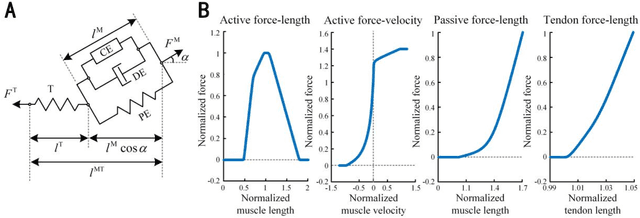
Abstract:The modeling and simulation of coupled neuromusculoskeletal-exoskeletal systems play a crucial role in human biomechanical analysis, as well as in the design and control of exoskeletons. However, conventional dynamic simulation frameworks have limitations due to their reliance on experimental data and their inability to capture comprehensive biomechanical signals and dynamic responses. To address these challenges, we introduce an optimization-based dynamic simulation framework that integrates a complete neuromusculoskeletal feedback loop, rigid-body dynamics, human-exoskeleton interaction, and foot-ground contact. Without relying on experimental measurements or empirical data, our framework employs a stepwise optimization process to determine muscle reflex parameters, taking into account multidimensional criteria. This allows the framework to generate a full range of kinematic and biomechanical signals, including muscle activations, muscle forces, joint torques, etc., which are typically challenging to measure experimentally. To validate the effectiveness of the framework, we compare the simulated results with experimental data obtained from a healthy subject wearing an exoskeleton while walking at different speeds (0.9, 1.0, and 1.1 m/s) and terrains (flat and uphill). The results demonstrate that our framework can effectively and accurately capture the qualitative differences in muscle activity associated with different functions, as well as the evolutionary patterns of muscle activity and kinematic signals under varying walking conditions. The simulation framework we propose has the potential to facilitate gait analysis and performance evaluation of coupled human-exoskeleton systems, as well as enable efficient and cost-effective testing of novel exoskeleton designs and control strategies.
 Add to Chrome
Add to Chrome Add to Firefox
Add to Firefox Add to Edge
Add to Edge